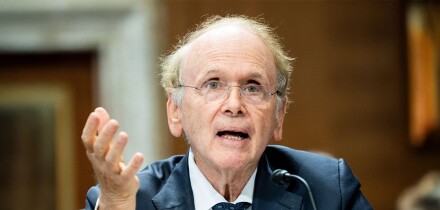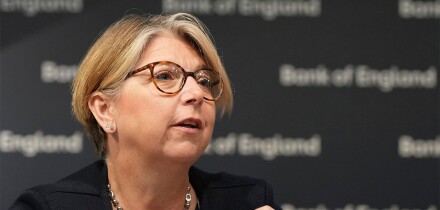Goldman Sachs has apparently racked up substantial losses on Korean equity barrier options. It is believed to have executed more than USD600 million (notional) in one-year barrier options early last year. The majority of these trades likely have matured within the last two months and rivals said that the losses were large enough to leave the mark-to-market of its entire non-Japan Asian equity derivatives book down some USD4 million at one point last month. Mei Zhang, a Goldman spokeswoman in Hong Kong, declined to comment.
Barrier options were one of the most popular exotic trades last year among big banks and Goldman was the recognized market leader in terms of volumes and aggressive pricing.
In a typical structure, the U.S. firm sold to domestic Korean houses USD20-50 million (notional) in barrier options, known as up-and-outs, linked to the performance of the KOSPI or KOSPI 200 indices. The options pay 50% of the KOSPI's upside unless the barrier--typically set at 40-70% above the index's initial level--is triggered. If the structure knocks out, the end investor receives a rebate payout of 5-17.5% over the initial investment. The KOSPI 200 was trading at 70-80 a year ago and at 120.59 mid-last week.
Barrier options are hard to hedge because of their digital payout. When a derivatives shop sells an at-the-money barrier option it is short volatility and therefore typically buys options to build a long volatility hedge. If the market moves toward the knockout, however, the seller becomes long volatility. This is because intrinsic value has built up in the option position as the market has, in this case, neared the 150% knockout. If the option matures when the market is at 149% the investor walks away with the 24.5% gain, but if it ends at 151% the investor only gets the rebate.
The rise in the underlying equity markets caused implied volatility to fall, which could act as a pincer movement that would have hurt Goldman--and other banks--on both their hedge and their original positions. One-year implied vol has fallen to around 20% from 30% a year ago.





